Rare Rides: A 1974 NSU Ro 80, in Convertible Form

Today’s Rare Ride was a relative revolution at the time of its introduction. With smooth, aerodynamic styling and a rotary engine, NSU’s Ro 80 made big promises. Years later, one man decided he’d create the convertible that was missing from the Ro 80 lineup. Let’s check out this one-of-two NSU.
We’ve previously touched on the history of NSU in a four-part series on the Wankel-powered Spider from 1965. NSU continued its development of rotary power, and shortly after the Spider the company introduced the considerably more modern Ro 80. NSU was at the end of its independence around the time the new sedan debuted; two years later, the company merged with the Auto Union. And that organization subsequently merged with, and was crushed by, VW-Audi. The Ro 80 was then the first and last modern NSU sedan.
Introduced in 1967, the Ro 80 was marketed to wealthy customers as an executive sedan. Available in four-door format only, smooth styling covered a bevy of advanced technology. Ro 80 was front-wheel drive, powered by a 113-horsepower Wankel engine of 995 cc displacement. A single transmission greeted buyers: the ever-obscure semi-automatic. Three manual speeds with synchromesh were operated by an automatic clutch. That meant a traditional gear lever shifted by the driver, who touched a knob on the lever to activate the vacuum-operated clutch.
Steering was electrically assisted and used a ZF rack and pinion design. Other important advanced technology included four-wheel disc brakes mounted inboard at the front, and an all-independent suspension. Said suspension was modern for its time, utilizing a MacPherson layout at the front and semi-trailing arm in the rear.
All the advanced tech was great, but unfortunately NSU was not prepared for the issues which came along with its rotary engine design. The free-revving Wankel was overworked by zealous drivers, and after 1971 an audible warning was installed to let customers know when their engine was operating in the danger zone. Even if not stretched to the max, early engines had build quality and reliability issues. Many failed and required a rebuild before 35,000 miles. The problem was the motor’s rotor tip seals, which had to be redesigned to prevent internal leaks.
NSU’s engineers worked quickly, solving most of the Ro 80’s bugs by 1970. But by then dealer and consumer pressure had lead to a longer warranty on all cars, and it hurt the company’s reputation and wallet. No matter, as the Auto Union had taken hold and NSU was not long for the world. The Ro 80 continued in production at Neckarsulm through 1977. After that point, NSU was finished, and the factory was converted to Audi production. Today it makes the A6, A7, A8, and R8.
Today’s Rare Ride lived the first 15 years of its life as a standard sedan before it transformed at the hands of an Ro 80 specialist mechanic. Said mechanic desired a convertible NSU, and set to work in 1990 turning a four-door sedan into a two-door cabriolet. Another Ro 80 collector saw the drop-top and thought it an excellent idea. He hired the mechanic to build another in 1991. That’s where our beige Rare Rides Ro comes in — it’s the second of two converted. Yours for $13,000.
[Images: seller]

Interested in lots of cars and their various historical contexts. Started writing articles for TTAC in late 2016, when my first posts were QOTDs. From there I started a few new series like Rare Rides, Buy/Drive/Burn, Abandoned History, and most recently Rare Rides Icons. Operating from a home base in Cincinnati, Ohio, a relative auto journalist dead zone. Many of my articles are prompted by something I'll see on social media that sparks my interest and causes me to research. Finding articles and information from the early days of the internet and beyond that covers the little details lost to time: trim packages, color and wheel choices, interior fabrics. Beyond those, I'm fascinated by automotive industry experiments, both failures and successes. Lately I've taken an interest in AI, and generating "what if" type images for car models long dead. Reincarnating a modern Toyota Paseo, Lincoln Mark IX, or Isuzu Trooper through a text prompt is fun. Fun to post them on Twitter too, and watch people overreact. To that end, the social media I use most is Twitter, @CoreyLewis86. I also contribute pieces for Forbes Wheels and Forbes Home.
More by Corey Lewis
Latest Car Reviews
Read moreLatest Product Reviews
Read moreRecent Comments
- Brendan Duddy soon we'll see lawyers advertising big payout$ after getting injured by a 'rogue' vehicle
- Zerofoo @VoGhost - The earth is in a 12,000 year long warming cycle. Before that most of North America was covered by a glacier 2 miles thick in some places. Where did that glacier go? Industrial CO2 emissions didn't cause the melt. Climate change frauds have done a masterful job correlating .04% of our atmosphere with a 12,000 year warming trend and then blaming human industrial activity for something that long predates those human activities. Human caused climate change is a lie.
- Probert They already have hybrids, but these won't ever be them as they are built on the modular E-GMP skateboard.
- Justin You guys still looking for that sportbak? I just saw one on the Facebook marketplace in Arizona
- 28-Cars-Later I cannot remember what happens now, but there are whiteblocks in this period which develop a "tick" like sound which indicates they are toast (maybe head gasket?). Ten or so years ago I looked at an '03 or '04 S60 (I forget why) and I brought my Volvo indy along to tell me if it was worth my time - it ticked and that's when I learned this. This XC90 is probably worth about $300 as it sits, not kidding, and it will cost you conservatively $2500 for an engine swap (all the ones I see on car-part.com have north of 130K miles starting at $1,100 and that's not including freight to a shop, shop labor, other internals to do such as timing belt while engine out etc).



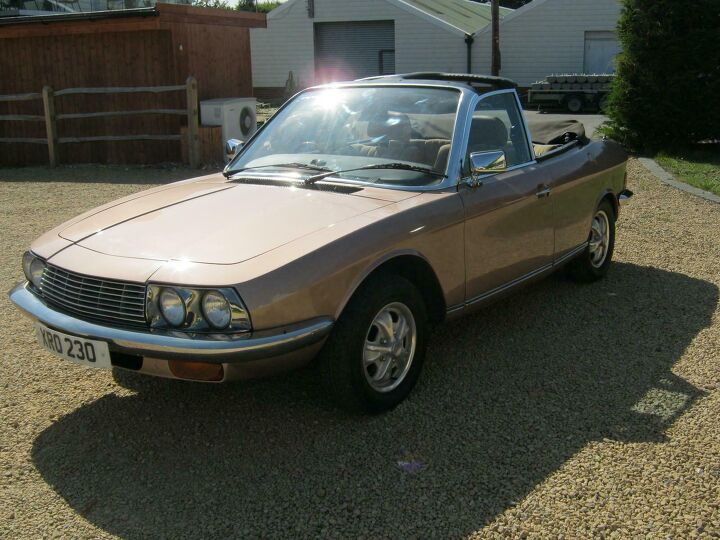























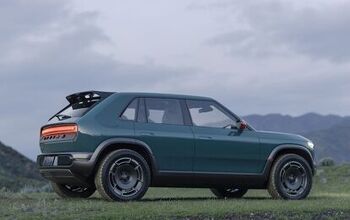
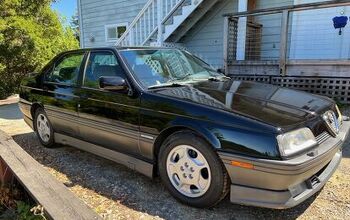
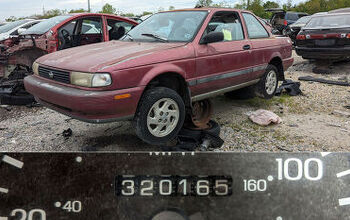

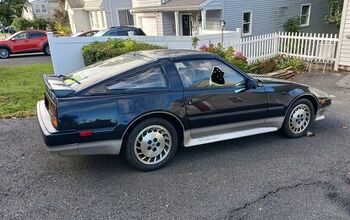




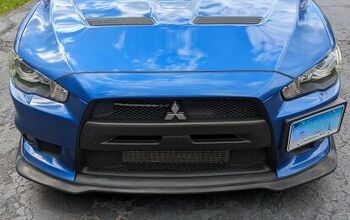


Comments
Join the conversation
I didn't see it in the article and am wholly unfamiliar with the creater of this contraption, but this looks more than a little French. Also, is 113hp out of ~1000ccs a good number for the period, or meh? Was this supposed to be why rotaries were so special; they could hit above their weight? What's the saying, "the power of a V6, coming from an engine the size of a 4 cylinder, with the thirst of a V8"?
I've always liked the Ro80, but this conversion is an epic failure.